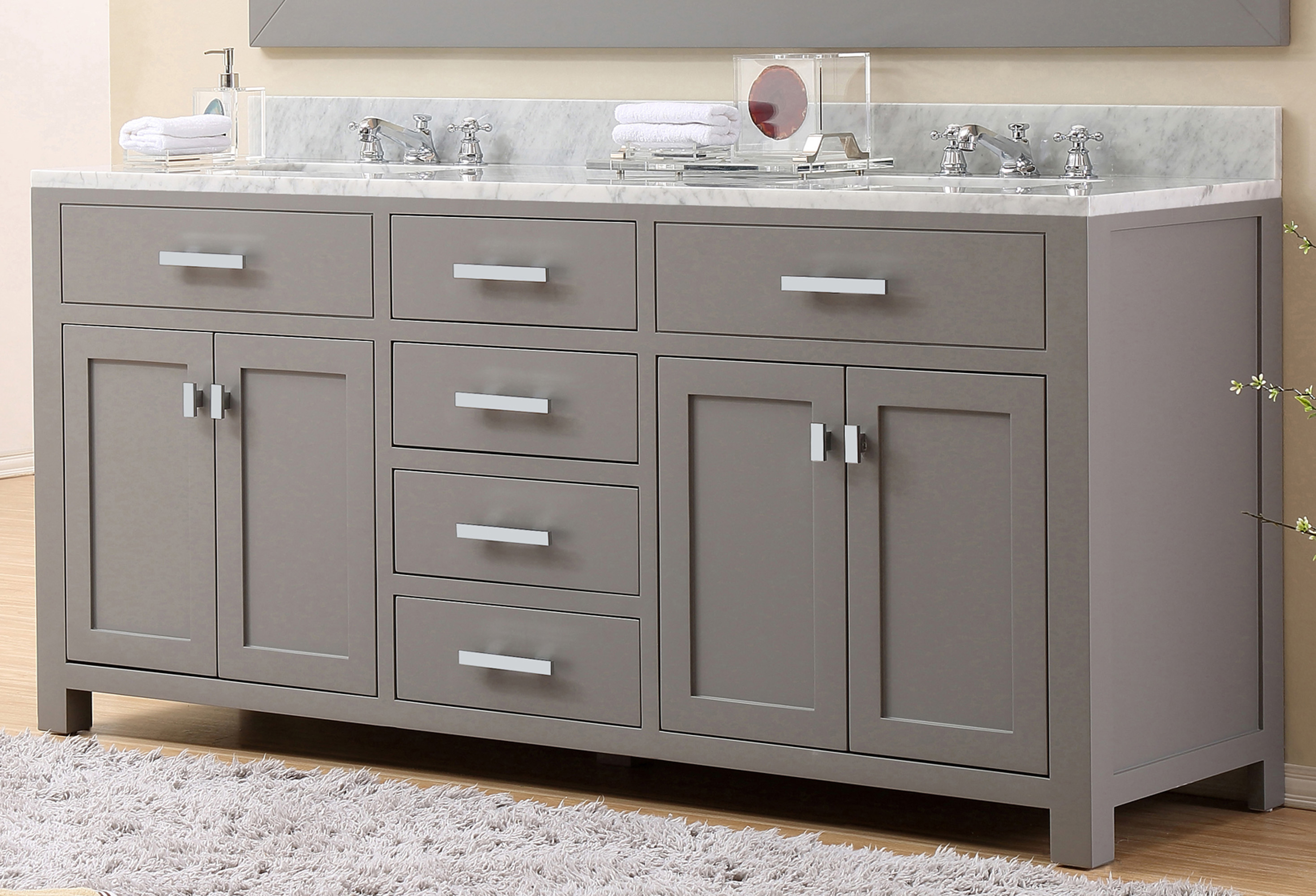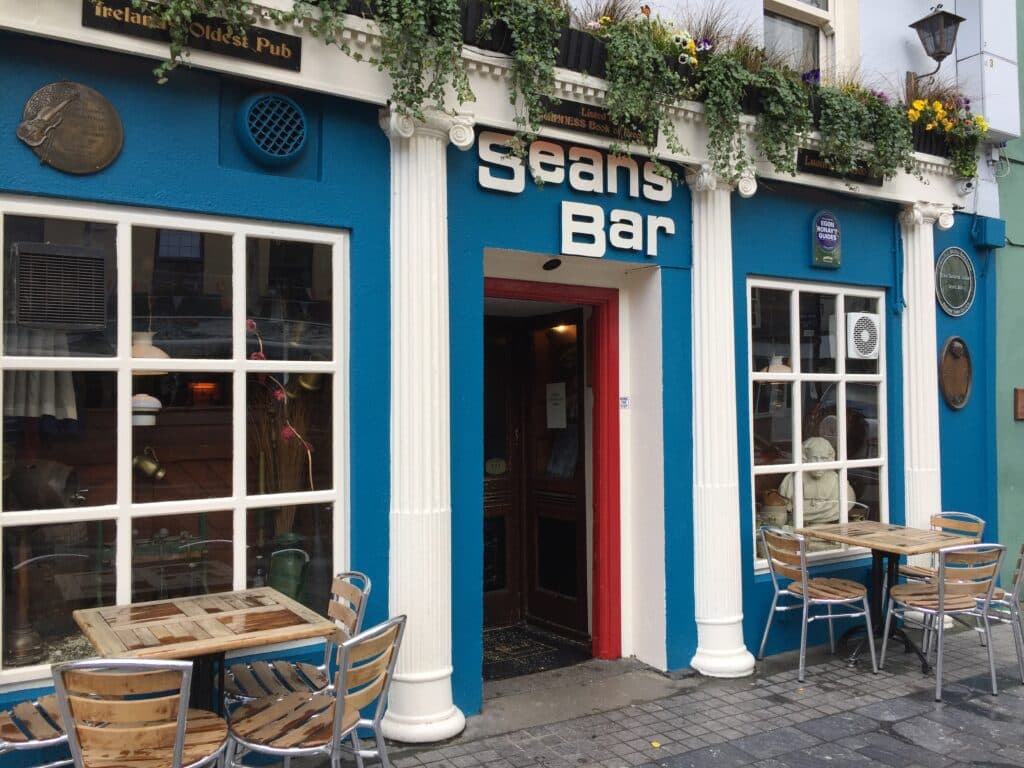Lighting an important aspect of a kitchen design, yet it is often the area where budgeting is compromised. Poor lighting can be the cause of many of the incapabilities within the kitchen, making it hard to see while prepping meals or while trying to find a utensil within a deep drawer. Lighting should be considered a priority during the design and budgeting process, as it will provide better visibility and energy. Professionals recommend the use of ambient lighting, task lighting and accent lighting. Ambient lighting is a general illumination throughout the kitchen meant to illuminate the entire space. Task lighting is used to focus on particular areas such as underneath sink or above the countertop. Finally, accent lighting is used to produce a dramatic effect on a particular feature such as a pick-tiled backsplash or custom cabinetry. Poor Lighting Design
When budgeting for kitchen design and completion, it’s can be easy to overlook the importance of adequate storage space. Without proper design that allows for storage space, unnecessary items and accessories will quickly become cluttered, creating an awkward and disorganized atmosphere. To properly plan storage space, it’s essential to consider the amount and size of utensils, pots, pans, appliances, food products, dishes and even cookbooks, as well as address counter space and organizational needs. When short on space, consider increasing the size of kitchen cabinets to their maximum, using wall space, add lighting details that will open up the space and invest in multi-functional pieces of furniture for organized storage. Slim shelving and custom drawers are a great way to make use of the vertical wall space when cabinets don't fit. Inadequate Storage Space
One common kitchen design pitfall is the lack of prep areas. A kitchen prep area provides a space to store and use cooking utensils and small appliances. Without proper preparation area it is difficult to make efficient use of a kitchen. No single kitchen should be without a kitchen prep area, but when it comes to sizes, it is important to understand the cooking habits and lifestyle of the homeowner. A small kitchen lacking adequate space might benefit from a fold-able kitchen island while a larger kitchen might require an entire workstation. When designing a kitchen, the addition of a kitchen prep area should always be considered for efficient use of the space and to make mealtimes more enjoyable. Lack of Prep Areas
A kitchen design pitfall that often goes under-recognized is the act of hiding an important feature. While many designs call for a feature to blend with the overall theme, failing to draw attention to the feature or make it stand out can be a classic mistake. Important features should be easily accessible and placed in ways so that people actually notice them. One example of this would be the placement of a refrigerator. A refrigerator should be placed in an area that allows for full access without cluttering your kitchen workspace. Additionally, the refrigerator should be placed within eyesight to create an attractive element to the kitchen. Another example may include the placement of certain functional elements like a kitchen island or a kitchen sink. These elements should be placed in an area that is open and easily accessible for both functionality and aesthetics. Hiding Important Features
Another mistake commonly made during the planning of kitchen design is to create an ergonomically unfriendly layout. An ergonomically unfriendly layout is one in which the movement of work or tasks are hindered or constrained due to an awkward layout. When designing a kitchen, it’s important to recognize the need for people to move freely within the space. This will depend on the size and shape of the kitchen, as well as the size of the appliances and furniture. Small changes can make a big difference with the movement of people in a kitchen, such as having enough room to open cabinets or drawers without getting in the way of other people and tasks in the kitchen. Ergonomically Unfriendly Layout
Choosing too many variables in a kitchen design can lead to a cluttered aesthetic. Too many colors, contrasting elements and shapes in a kitchen space can quickly become overwhelming. When creating a kitchen design, the best approach is to keep the overall tone of the kitchen consistent and minimal. Too many variations can make a kitchen busy and cause the features of the design to blend together. The amount of variation should be kept to a minimum to ensure every individual feature stands out and adds to the overall design. Focus on one particular theme and use subtle variations to add texture and layers to the design. Too Many Variables
While often overlooked, seating is an important feature of any kitchen design. Without proper seating, it’s difficult for individuals to truly enjoy their kitchen space and create meals in a comfortable atmosphere. To create a kitchen that is both functional and comfortable, it’s important to think about the number of people in the space. Kitchen islands, stools and bar counters are great options for individuals who desire more seating than is typical in the kitchen. It is important to think about the types of seating that will be used, the number of chairs, as well as the type of material and finish. When designings a kitchen, it’s best to invest in seating that is durable, easily cleaned and provides sufficient privacy. Insufficient Seating
Sometimes designers may overcompensate for budgeting issues or a lack of space by creating an unbalanced space division. To prevent this, it’s important to think about how each element in the kitchen will interact with the remainder of the features within the space. For example, too much counter-top space may be dedicated to storage space or appliances and not enough of a prep-space for food items. Additionally, having too much space within cabinets can create its own issue, leading to clutter and an unbalanced amount of counter-space. Ultimately, it’s important to assess the space from every angle and address the needs of all parties involved. Unbalanced Space Division
It can be easy to get caught up in trends and fads when designing a kitchen, but it’s important to recognize the short-term nature of trends and focus on timeless design elements that will stand the test of time. While incorporating trendy elements into a kitchen design can be done, it’s important to assess the purpose of the element and the capacity it will bring to the design. Large structural components such as counter-tops, backsplashes and cabinets should be timeless in aesthetics to ensure that the design is not outdated within a few years. However, smaller elements such as artwork, accessories, and small appliances can be used to experiment with trends in a way that won’t result in a costly redesign. Including Trends and Fads
When creating a kitchen design, focusing too much on aesthetics can lead to overlooking the primary design – which is to prepare meals in a functional environment. By focusing too much on fashion, designers can overlook the primary use of a kitchen and instead of creating a kitchen that is efficiency-focused, the design may be purely decorative, leading to an inconvenient workspace and messy use of space and equipment. When designing a kitchen, it’s important to pay attention to the primary use of the kitchen and measure every decision based on how it will improve the efficiency and convenience of the design. Ignoring the PRIMARY_Use
Poor Planning and Unused Space
 Improper planning is one of the crucial
kitchen design pitfalls
to avoid. Poor planning can limit the kitchen to a single-use area, which won’t be as functional as an open floor plan or one with multiple zones for different activities or features. When doing your layout and design, consider how you currently use the space and how you plan to use it in the future. Even if it’s just a small room, there could be space-saving features such as an island or an appliance garage to maximize the functionality.
One of the most common and easily avoidable kitchen design pitfalls is unused space. If something isn’t used regularly or the need isn’t recognized, it’s easy to leave it out when it comes to the overall design. This might be a prep sink, additional counter space, or any number of other features. If you think through your needs, you can ensure that the design accommodates them now and well into the future.
Improper planning is one of the crucial
kitchen design pitfalls
to avoid. Poor planning can limit the kitchen to a single-use area, which won’t be as functional as an open floor plan or one with multiple zones for different activities or features. When doing your layout and design, consider how you currently use the space and how you plan to use it in the future. Even if it’s just a small room, there could be space-saving features such as an island or an appliance garage to maximize the functionality.
One of the most common and easily avoidable kitchen design pitfalls is unused space. If something isn’t used regularly or the need isn’t recognized, it’s easy to leave it out when it comes to the overall design. This might be a prep sink, additional counter space, or any number of other features. If you think through your needs, you can ensure that the design accommodates them now and well into the future.
Proper Lighting
 Proper lighting can make or break a home’s design. When it comes to the kitchen, choosing the wrong fixtures can leave it feeling too bright, too dim, or too exposed. You’ll need both task and ambient lighting, which together can create the perfect atmosphere for cooking and eating. Installing too many or too few fixtures can look unsightly or have a harsh glare. Opt for a mix of overhead, under-cabinet, and other task lighting to lighten up your space differently for every occasion.
Proper lighting can make or break a home’s design. When it comes to the kitchen, choosing the wrong fixtures can leave it feeling too bright, too dim, or too exposed. You’ll need both task and ambient lighting, which together can create the perfect atmosphere for cooking and eating. Installing too many or too few fixtures can look unsightly or have a harsh glare. Opt for a mix of overhead, under-cabinet, and other task lighting to lighten up your space differently for every occasion.
Selecting the Wrong Finishes and Appliances
 Regardless of the style you’re trying to achieve, mix and match textures and colors for a lived-in and cozy feel. When you’re browsing the options for your kitchen design, pay attention to the quality of materials, appliances, and hardware. Picking out items that don’t last or are difficult to use may end up costing more in the long run when they need to be replaced or serviced. Look for new versions of classic styles to update your space without breaking the bank.
Regardless of the style you’re trying to achieve, mix and match textures and colors for a lived-in and cozy feel. When you’re browsing the options for your kitchen design, pay attention to the quality of materials, appliances, and hardware. Picking out items that don’t last or are difficult to use may end up costing more in the long run when they need to be replaced or serviced. Look for new versions of classic styles to update your space without breaking the bank.























































































